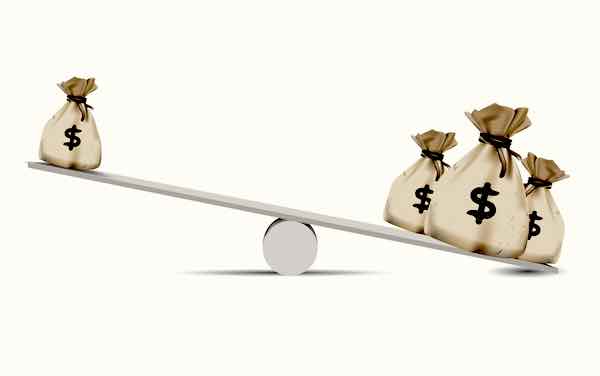What pay raise can federal employees expect in 2026? While we won’t get the final answer until late this year, the process is already underway. Pay parity may be an argument you hear for those pushing for a higher 2026 federal pay raise.
The White House issued its 2026 budget proposal in early May. It was silent on a 2026 pay raise for federal employees which many have assumed to mean that the Trump administration is proposing no raise for next year. However, the budget proposal did suggest a 3.8% raise for military service members.
We will find out for certain in August if President Trump does indeed recommend no 2026 federal pay raise when he issues the annual alternative pay plan letter which is always published during that month, usually in late August. Assuming that happens, you are likely to hear arguments for pay parity with the military throughout the year.
What is Pay Parity?
Pay parity is the idea that federal employees should receive the same annual pay raise as military personnel receive.
There is no requirement that pay parity be implemented in a given year. The argument is frequently raised by federal employee unions when a higher raise for military personnel is proposed. It is also raised by legislators, particularly from the Washington, DC metropolitan area, who are seeking a higher raise for many of their constituents that work for the federal government.
Last year, for example, lawmakers were pushing President Biden to more than double his proposed 2% pay raise for federal employees on the basis of pay parity because members of the military were slated to get a 4.5% raise.
The letter the lawmakers sent to the president ultimately proved unsuccessful because federal employees wound up with a 2% raise for 2025.
Is It Effective?
While pay parity was an accepted practice for a number of years, the argument has not always been effective.
Since 2003, there have been 10 years when federal employees have received a smaller pay raise than military personnel. There have not been any years when federal civilians received a higher pay raise than the military, although some years the raises are the same.
This table shows how the average military and civilian pay raises have come out since 2003:
| Year | Military Pay Raise | Federal Employee Pay Raise |
|---|---|---|
| 2003 | 4.1% | 4.1% |
| 2004 | 4.2% | 4.1% |
| 2005 | 3.5% | 3.5% |
| 2006 | 3.1% | 3.1% |
| 2007 | 2.7% | 2.2% |
| 2008 | 3.5% | 3.5% |
| 2009 | 3.9% | 3.9% |
| 2010 | 3.4% | 2% |
| 2011 | 1.4% | 0% |
| 2012 | 1.6% | 0% |
| 2013 | 1.7% | 0% |
| 2014 | 1% | 1% |
| 2015 | 1% | 1% |
| 2016 | 1.3% | 1.3% |
| 2017 | 2.1% | 2.1% |
| 2018 | 2.4% | 1.9% |
| 2019 | 2.6% | 1.9% |
| 2020 | 3.1% | 3.1% |
| 2021 | 3.0% | 1% |
| 2022 | 2.7% | 2.7% |
| 2023 | 4.6% | 4.6% |
| 2024 | 5.2% | 5.2% |
| 2025 | 4.5% | 2% |
A Push for Higher 2026 Federal Pay Raise
Earlier this year, Congressman Gerry Connolly (D-VA) and Senator Brian Schatz (D-HI) introduced their annual legislation to give federal employees a 4.3% pay raise in 2026. However, federal employees shouldn’t get too excited about this proposal.
The bill has never become law, so the federal pay raise ultimately winds up being lower than what it is proposing as the annual pay raise process unfolds. Nevertheless, it is usually the first figure suggested publicly in the annual political process for setting the pay raise for federal employees.
How is the Annual Federal Pay Raise Determined?
The annual pay raise for federal employees is a political process, which means the amount of the raise, if there is one, varies from year to year depending on the political climate. This complexity arises from the political nature of the process.
In some years, Congress passes annual federal pay rate adjustments in an appropriations bill, usually in the Financial Services and General Government appropriations bill.
Although this practice is common, there is no legal obligation for Congress to address or consider a federal employee pay raise. Consequently, Congress rarely passes legislation on this subject.
The president can, and often does, recommend a pay raise figure based on the alternative pay plan. This recommendation is typically made late in the year, usually in August.
The process concludes when the president issues an executive order in December, setting the annual federal pay raise amount for each locality for the following year. The Office of Personnel Management (OPM) then calculates the annual salary amount for every locality, grade, and step for the upcoming year and publishes the pay tables shortly after the executive order is issued.



